By Christopher Miskimon
The concept of special operations forces was a new one during World War II. These units performed a combination of espionage and unconventional warfare in support of the larger strategy of achieving victory. The various groups adopted distinct names to signify their elite status, Commandos, Rangers, and Raiders to name a few. The men who filled such groups were themselves above average, and naturally they often came from organizations already considered elite.
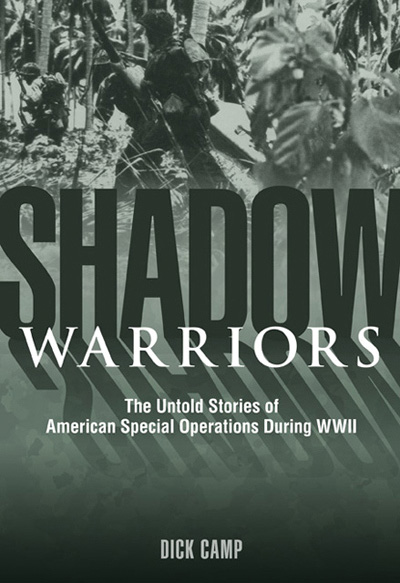 Shadow Warriors: The Untold Stories of American Special Operations During WWII (Dick Camp, Zenith Press, Minneapolis, MN, 2013, 246 pp., maps photographs, notes, index, $30.00, hardcover) reveals the contributions of the United States Marine Corps to this new order of soldiers.
Shadow Warriors: The Untold Stories of American Special Operations During WWII (Dick Camp, Zenith Press, Minneapolis, MN, 2013, 246 pp., maps photographs, notes, index, $30.00, hardcover) reveals the contributions of the United States Marine Corps to this new order of soldiers.
The book begins with the lesser known exploits of Marine Corps personnel in the North African and European Theaters. Even before America’s entry into the war, preparations were being made for its eventual involvement. A Marine Colonel, William “Bill” Eddy, was placed as a naval attaché, which at the time was a position synonymous with that of a spy. A decorated veteran of World War I, Eddy bore wounds from that conflict that caused him to limp.
Despite his injury, Eddy retained the energy to work vigorously in the service of his country. He was placed in the Middle East because he had been born there to missionaries; he used all the experience of his upbringing to promote U.S. goals in the region. From Cairo, Eddy was sent to Tangier in January 1942. There he created a network of agents and made preparations to pave the way for Operation Torch, the Allied invasion of North Africa in November 1942. After this he was sent to Saudi Arabia as an emissary, where he coordinated the meeting between that nation’s king and President Franklin D. Roosevelt in 1945.
Marines also took part in combat in North Africa along with Eddy’s spying. During the Operation Torch landings, the ports of Arzeu, Oran, and Algiers were the subject of special operations involving American soldiers and Royal Navy ships. These groups would enter each harbor in an attempt to seize them intact and without extensive fighting. At Arzeu and Oran, a small group of Marines was detailed to assist with the landings because of their experience in ship-to-shore operations. While Arzeu went relatively smoothly, Oran turned into a debacle. Stiff French resistance caused heavy casualties among the attackers; the survivors were captured but freed shortly afterward as Vichy resistance collapsed.
Another realm of special operations was OSS activity in the Balkans, and Marines were there as well. Captain Walter Mansfield parachuted into Yugoslavia and joined with the Chetniks, a royalist resistance faction opposing the occupying Germans and the communist partisans under Tito. Mansfield acted as an adviser to General Draza Mihailovich, the Chetnik leader, joining his fighters in the hills and mountains where they hid. The Marine went with them on operations, fighting beside them until British goals for the region resulted in a loss of aid to the Chetniks. This forced Mansfield to withdraw from Yugoslavia; he spent the rest of the war in the Far East. Other Marines served with the French Resistance, risking capture and hardship.
While the exploits of the Raiders are well known, they are retold here in good detail, with a complete discussion of the Marine Special Forces. The Raiders were an unconventional group intended for fast strikes and rapid movement. Several battalions were raised and used heavily in the first year of the Pacific War. Their first action was the raid on Makin Island, a test which, though controversial, created their legend. Further actions at Tulagi, Gavutu-Tanambogo, and on Guadalcanal cemented their fame and made them the stuff of legend in the Corps to this day.
The exploits of Marine parachute units are also recounted. A final chapter tells of the exploits of Marines who parachuted into China as the war ended. These men dropped into territory still controlled by the Japanese to clean up the surrender and shut down remaining espionage activities.
The book is well written with an eye for detail. The points of view of officers and enlisted men alike are woven into the narrative, giving a top to bottom view of the actions described. The chapters on Tulagi and Gavutu are particularly interesting, as most histories mention them only briefly. The material on Marine involvement in espionage and the OSS is seldom seen elsewhere. Overall, the book paints a good picture of the unconventional operations and conventional fighting Marine Special Forces took part in in all theaters of World War II.
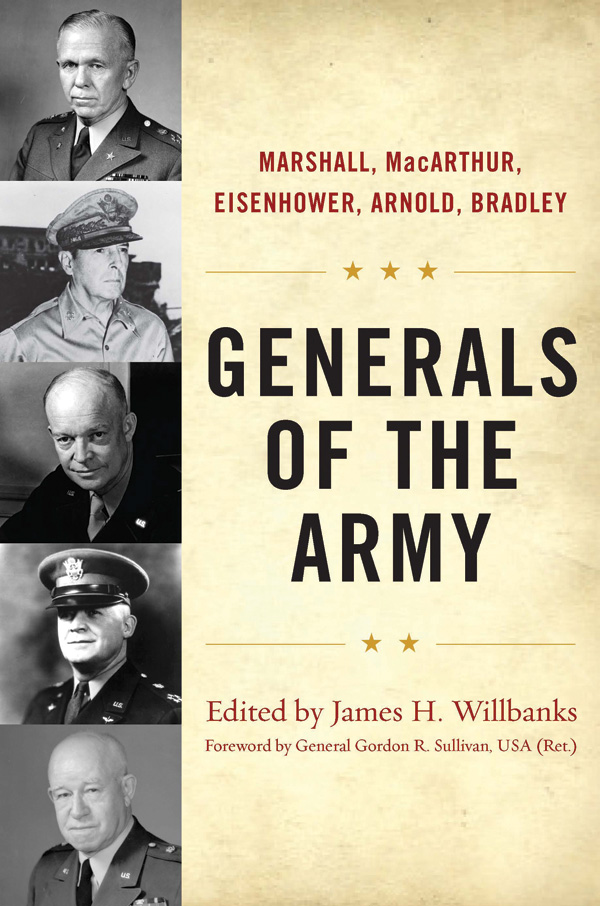 Generals of the Army: Marshall, MacArthur, Eisenhower, Arnold, Bradley edited by James H. Willbanks, University Press of Kentucky, Lexington, 2013, 254 pp., maps, notes, photographs, $35.00, softcover.
Generals of the Army: Marshall, MacArthur, Eisenhower, Arnold, Bradley edited by James H. Willbanks, University Press of Kentucky, Lexington, 2013, 254 pp., maps, notes, photographs, $35.00, softcover.
This is a collection of concise yet thorough biographies of five men whose contributions earned them America’s highest modern military rank. In the long history of the United States Army, only five men have held the rank of General of the Army, colloquially known as a five-star general. All of them served during World War II, with three serving into the start of the Cold War. The authors are all faculty members at the U.S. Army Command and General Staff College in Fort Leavenworth, Kansas. At different times all five of these top generals attended this school, known as the “intellectual center of the Army.”
The rank of General of the Army has been used and discontinued at various times during America’s history. The latest incarnation began in December 1944, when it was reinstituted to give American generals parity with British field marshals. In 2010, a series of coins was authorized for production by the U.S. Mint honoring the five men, and this book is intended in part to accompany their issuance.
Each of the five generals had their own experiences in the Army with the crucible of the staff college as a shared experience. Marshall spent much of his lieutenancy on Mindoro in the Philippines during the insurrection. Likewise, MacArthur began in the Philippines as an engineer, but his affiliation with that country continued for decades. Eisenhower served under MacArthur as a staff officer for several years. Hap Arnold became one of the Army’s first fliers after beginning his career in the infantry. During the Great Depression, Omar Bradley ran a camp for the Civilian Conservation Corps (CCC).
The book is well organized and researched. Each biography is a good summary of the man’s life, service, and importance. Volumes have been written on each of these generals; this work provides readers with what they need to know in a single tome.
 Attack on Pearl Harbor: Strategy, Combat, Myths, Deceptions, Alan D. Zimm, Casemate, Philadelphia, PA, 2013, 464 pp., photographs, notes, appendices, index, bibliography, $18.95, softcover.
Attack on Pearl Harbor: Strategy, Combat, Myths, Deceptions, Alan D. Zimm, Casemate, Philadelphia, PA, 2013, 464 pp., photographs, notes, appendices, index, bibliography, $18.95, softcover.
Most books on the Pearl Harbor attack describe it as a wellconceived, professionally executed attack on the American fleet. They cite the enormous damage done, the way it was concealed from the U.S. intelligence apparatus, and the meticulous planning conducted by daring Japanese officers as evidence of the plan’s genius and actual success. For those who have studied the battle closely there is a different view and that opinion is now finding its way into print. This major work examines Pearl Harbor from conception to aftermath and evaluates it with a critical eye.
Far from a homogenously agreed upon plan, the Japanese staff officers who examined the idea of attacking Hawaii were largely against the idea, calling it reckless and even foolish for Japan to carry out the attack. Many of the pilots assumed they would never return once they left the flight decks of their carriers. Also, was the attack as effective as planned? Sixteen battleships and cruisers were present that morning, but only five battleships were sunk. Three of those were later refloated, making their loss only a temporary reversal. While the Japanese must receive credit for successfully undertaking such a complex operation in the first place, have the myths and stories of Pearl Harbor inflated its history beyond what is deserved?
At the risk of perhaps being charged with “revisionist history,” the author has done a credible job in attempting to show the attack for what he believes it was: a victory, but not a perfect one, in ways different from the account generally given today. The book is well researched, and the arguments are presented logically. Anyone who has ever been a military staff officer will recognize that the author, a former U.S. Navy officer, has experience in this field. This is an excellent book for a reader wanting a well-reasoned argument on the subject rather than a straightforward historical accounting. Whether swayed by his case or not, the reader will enjoy the level of detail and passion for the subject.
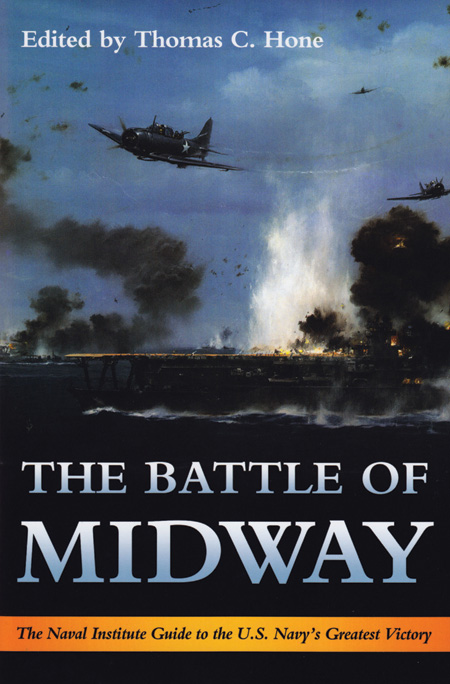 The Battle of Midway: The Naval Institute Guide to the U.S. Navy’s Greatest Victory, edited by Thomas C. Hone, Naval Institute Press, Annapolis, MD, 2013, 360 pp., maps, photographs, notes, index, $38.95, hardcover.
The Battle of Midway: The Naval Institute Guide to the U.S. Navy’s Greatest Victory, edited by Thomas C. Hone, Naval Institute Press, Annapolis, MD, 2013, 360 pp., maps, photographs, notes, index, $38.95, hardcover.
Battles that are considered “turning points” naturally receive much attention from historians and writers, often to the point that reading about them becomes stale. Midway is one such battle; literally hundreds of books, documentaries, and articles have been created around the famous defeat of the Japanese carrier force in June 1942. While this vast coverage is well deserved, it can be hard for an interested student of the engagement to pick and choose from these myriad sources for in-depth study. This new book gives the reader a collection of diverse writings on the subject, compiling articles, excerpts, official records, oral history, and personal letters related to America’s defining naval triumph.
Each chapter is a separate work from a different author, and there are 53 of them in the book, giving a varied perspective from both scholars and participants. The Japanese view of the battle receives attention through translations, including pieces written by high-ranking Imperial Navy officers involved in the fighting. Attention is paid not only to the actual events of the battle, but also to the personalities of the commanders and the non-battle efforts such as codebreaking.
 Mission 85: The U.S. Eighth Air Force’s Battle over Holland, August 19, 1943, Ivo De Jong, Stackpole Books, Mechanicsburg, PA, 2013, 223 pp., maps, photographs, index, $28.95, softcover.
Mission 85: The U.S. Eighth Air Force’s Battle over Holland, August 19, 1943, Ivo De Jong, Stackpole Books, Mechanicsburg, PA, 2013, 223 pp., maps, photographs, index, $28.95, softcover.
The air war over Europe is most famous for its large-scale, destructive and costly raids such as the fire bombing of Dresden and the attacks on the oil fields of Ploesti and the ball bearing factory at Schweinfurt. The lesser raids, however, are often lumped together in the general histories of the conflict. The day after the Schweinfurt raid there was a relatively small attack on some Luftwaffe airfields in Holland that turned into an ordeal for those involved.
The mission was expected to be a “milk run,” simple compared to the larger raids on Germany. Royal Air Force Hawker Typhoon fighters would sweep the area around the targeted airfields to thin the German defenses. After this, Martin B-26 Marauders and North American B-25 Mitchell bombers would hit the enemy airfields.
Damaging these airfields would hurt the overall air defense of the Third Reich; one officer, a group commander, thought it was important to get back in the air quickly after the disaster over Schweinfurt and show the Germans that U.S. air power was still in the fight. The raid proved much harder than anticipated and turned into a stiff battle in the air over Holland.
This work in wholly devoted to this one day of fighting. Using accounts from pilots on both sides of the battle, the author puts together a detailed narrative, almost a blow-by-blow description. Aviation buffs will enjoy this book for its rich descriptions and extensive veteran accounts.
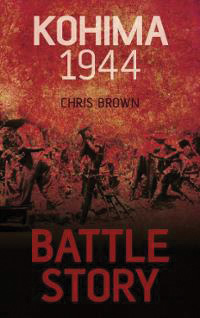 Kohima 1944: Battle Story, Chris Brown, Spellmount, Gloustershire, UK, 2013, 156 pp., maps, photographs, index, $17.95, softcover.
Kohima 1944: Battle Story, Chris Brown, Spellmount, Gloustershire, UK, 2013, 156 pp., maps, photographs, index, $17.95, softcover.
One of the decisive battles of the China-Burma-India Theater was fought around the town of Kohima and on a ridge that bore the same name. As part of the Japanese U-GO offensive, the operation sought to achieve victory over the local Commonwealth forces before the war turned even further against them. Beginning in April 1944, the Japanese 31st Division attacked the British around the town. The stubborn British troops doggedly held their positions, and the fighting devolved into a siege. The difficult fighting led to the battle being nicknamed “The Stalingrad of the East.” The siege ended with an Allied counterattack that threw the poorly supplied Japanese soldiers back and began the long road to victory in Southeast Asia.
This book is part of the Battle Story series by this publisher. It is organized into chapters covering the history leading to the battle, the details of each army, the battle itself, and the aftermath. Short sidebars reveal details of key personalities, weapons, and equipment. The entire book is easy to read and follow, and the author effectively explains the strategic importance and effects of the Battle of Kohima and the U-Go offensive. The loss suffered by the Imperial Japanese Army had lasting effects on its efforts elsewhere. This is a concise and interesting introduction to an engagement relatively unknown to many today.
Under the Eagle: Samuel Holiday, Navajo Codetalker, Samuel Holiday and Robert S. McPherson, University of Oklahoma Press, Norman, 2013, 266 pp., photographs, notes, index, $19.95, softcover.
This biography covers the life and military service of Samuel Holiday, who became one of the now famous Navajo codetalkers during World War II. This group of Native Americans used its distinctive language to transmit coded radio messages that Japanese intelligence was unable to decipher. Holiday and his comrades served at Kwajalein, Saipan, Tinian, and Iwo Jima. In one case on Saipan, a Marine unit occupied Japanese positions after the enemy retreated and radioed their higher headquarters to tell them so. The headquarters thought the message was a Japanese ruse and began shelling their own men. The shelling was stopped because a Navajo codetalker sent a message to cease fire, something the Marines naturally appreciated.
The book goes beyond the narrow focus of Holiday’s military service. As a biography it includes many other details of his life, which influenced his actions and beliefs. After the war he returned to civilian life with all its hardships and prejudices. Over time he joined with other veterans and codetalkers, and eventually the nation gave recognition. This book is unique in having an actual codetalker as an author; such veteran-produced books are increasingly important as this generation of Americans passes away. Soon there will be none left for historians to interview or documentarians to film, and books such as these will be only primary sources for the experience of World War II.
 The True German: The Diary of a World War II Military Judge, Werner Otto Muller-Hill, Palgrave MacMillan, New York, 2013, 240 pp., notes, index, $25.00, softcover.
The True German: The Diary of a World War II Military Judge, Werner Otto Muller-Hill, Palgrave MacMillan, New York, 2013, 240 pp., notes, index, $25.00, softcover.
As World War II drew closer to defeat for the Third Reich, a German Army judge began keeping a diary containing his thoughts and concerns about the war and the direction his nation was going. Werner Muller-Hill was 60 in 1945 and had been a lawyer all his life, serving as a military judge in both world wars. He was critical of Hitler and the Nazi regime and often handed down lighter sentences than National Socialist doctrine called for. At the same time, he seemed to care mostly for Germany as a state, not for the plight of the Jews or the moral dilemma Germany found itself in as a result of Nazi rule.
What makes this book of interest is not just its criticism of the Third Reich. Reading it causes one to wonder why the judge kept it. Had this diary been found by Nazi authorities he would have faced execution. One possible answer is that Muller-Hill wanted to distance himself from what he knew to be the losing side. At the same time, he was obviously proud to be a German and his moral outlook reflected this. To modern readers he comes across as prejudicial at times, but this is actually one of this work’s strengths. Self-serving or not, the reader can get a first-person glimpse at the words of a man wrapped up in the ethical dilemma of Nazi Germany.
New and Noteworthy
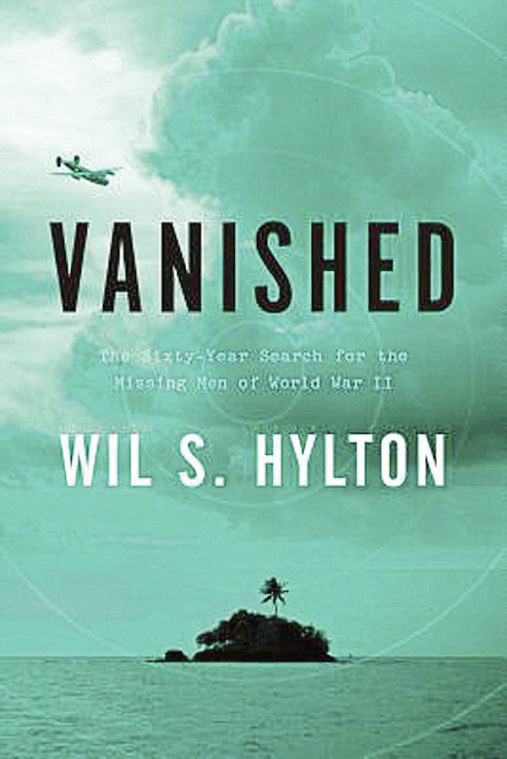 Vanished: The Sixty-Year Search for the Missing Men of World War II, Wil S. Hylton, Riverhead Books, 2013, maps, $27.95, hardcover. On September 1, 1944, the crew of a Consolidated B-24 Liberator bomber disappeared in the Pacific. The search for the missing crew is chronicled in this work that spans decades.
Vanished: The Sixty-Year Search for the Missing Men of World War II, Wil S. Hylton, Riverhead Books, 2013, maps, $27.95, hardcover. On September 1, 1944, the crew of a Consolidated B-24 Liberator bomber disappeared in the Pacific. The search for the missing crew is chronicled in this work that spans decades.
Churchill’s Bomb: How the United States Overtook Britain in the First Nuclear Arms Race, Graham Farmello, Basic Books, 2013, $29.99, hardcover. Before the war Winston Churchill predicted the world’s nuclear armed future. Afterward, however, he sacrificed Britain’s lead in developing the atomic bomb.
Shrapnel: A Memoir, William Wharton, William Morrow, 2013, $23.99, hardcover. William Wharton wrote several novels of World War II. This book is his memoir of his time in the Army in Europe.
Churchill and the King: The Wartime Alliance of Winston Churchill and George VI, Kenneth Weisbrode, Viking Press, 2013, $26.95, hardcover. The alliance between Great Britain’s king and prime minister helped carry the nation through the dark years of World War II. This book relates their cooperation.
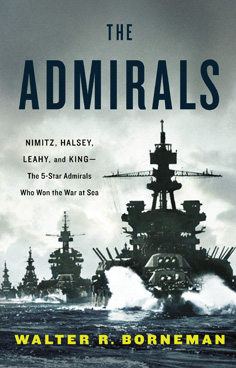 The Admirals: Nimitz, Halsey, Leahy, and King — The Five-Star Admirals Who Won the War at Sea, Walter R. Borneman, Back Bay Books, 2013, $18.00, softcover. These four men are the only men to wear five stars in U.S. Navy history. Together they led the Navy to victory.
The Admirals: Nimitz, Halsey, Leahy, and King — The Five-Star Admirals Who Won the War at Sea, Walter R. Borneman, Back Bay Books, 2013, $18.00, softcover. These four men are the only men to wear five stars in U.S. Navy history. Together they led the Navy to victory.
The Devil’s Garden: Rommel’s Desperate Defense of Omaha Beach on D-Day, Steven Zaloga, Stackpole Books, 2013, $27.95, hardcover. New research is included in this look at D-Day from the German perspective. The focus is on Rommel, who oversaw the preparations.
The Battalion: The Dramatic Story of the 2nd Ranger Battalion in WWII, Colonel Robert W. Black, Stackpole Books, 2013, $27.95, softcover. The author is an expert on Ranger history. This work covers the 2nd Battalion’s long and storied service.
Hitler’s Wave-Breaker Concept: An Analysis of the German End Game in the Baltic, Henrik Lunde, Casemate Publishing, 2013, $32.95, hardcover. This is an analysis of German Army Group North and its defensive efforts as the war turned against Germany, pointing out the causes of its failure to defeat the Soviet armies.
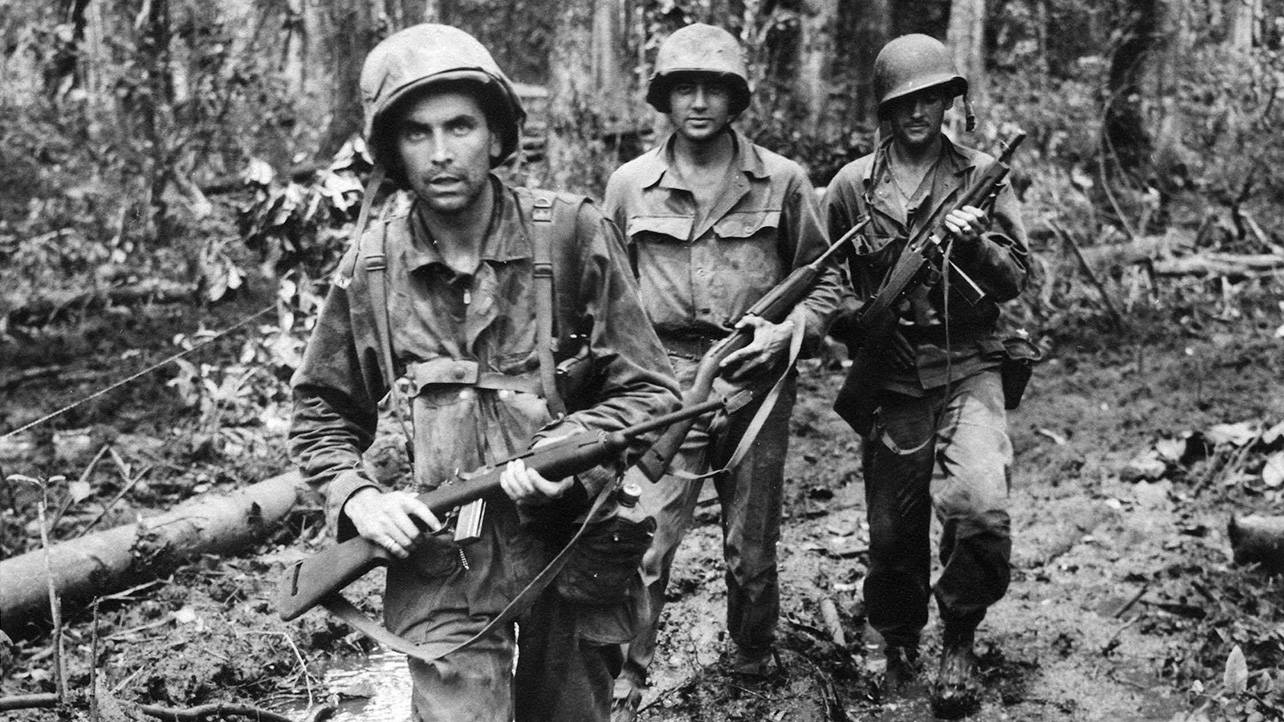
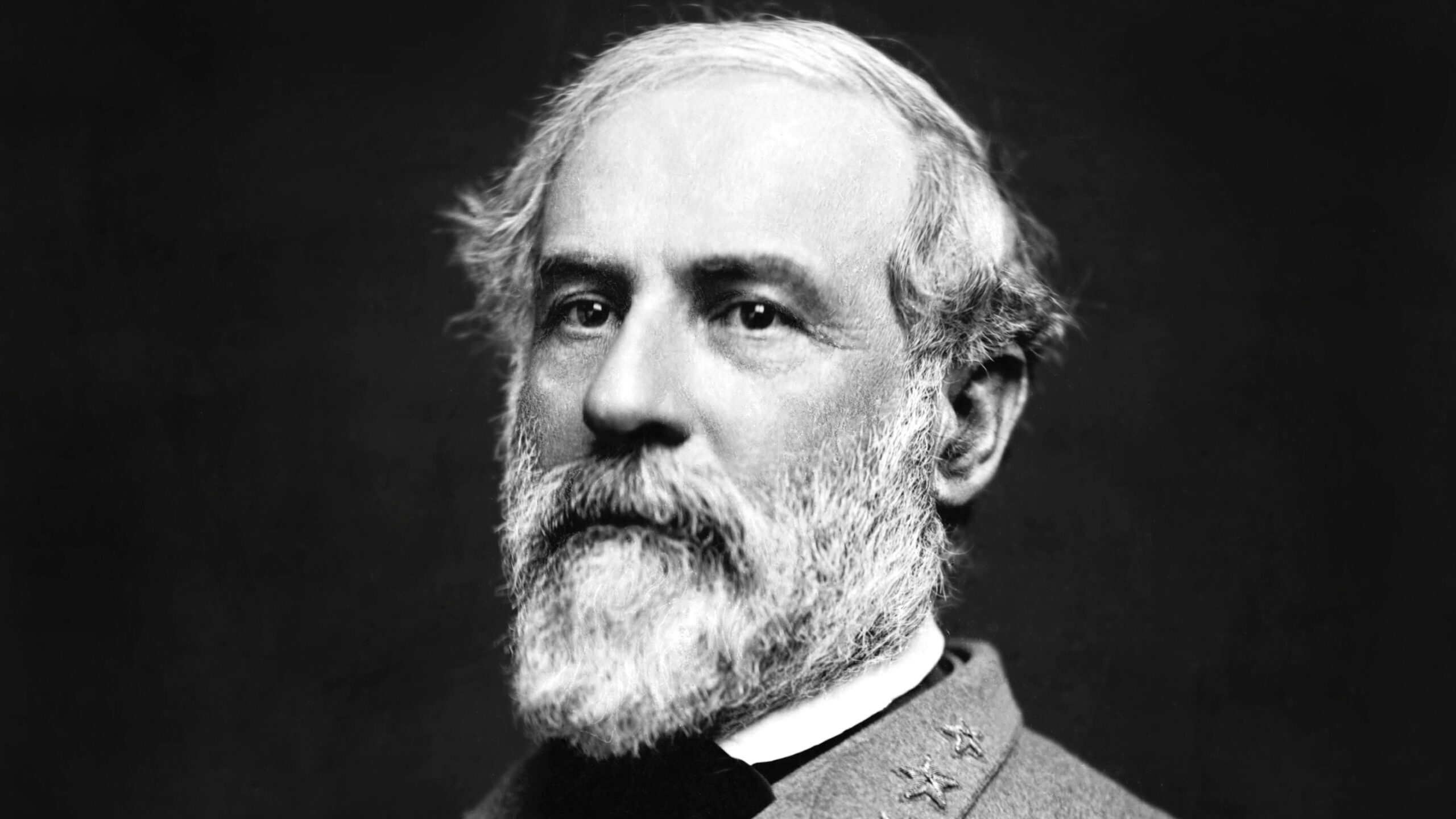
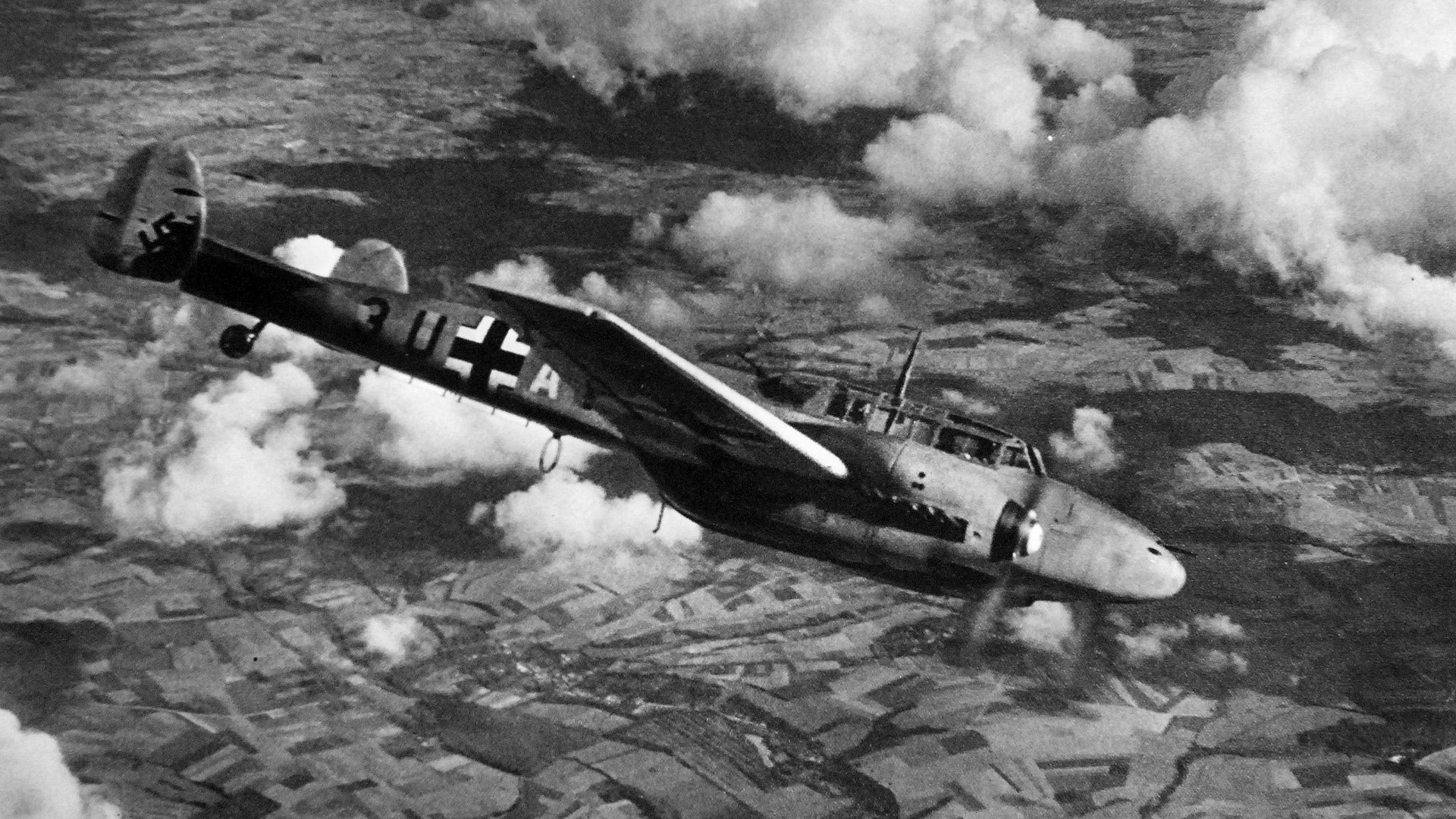
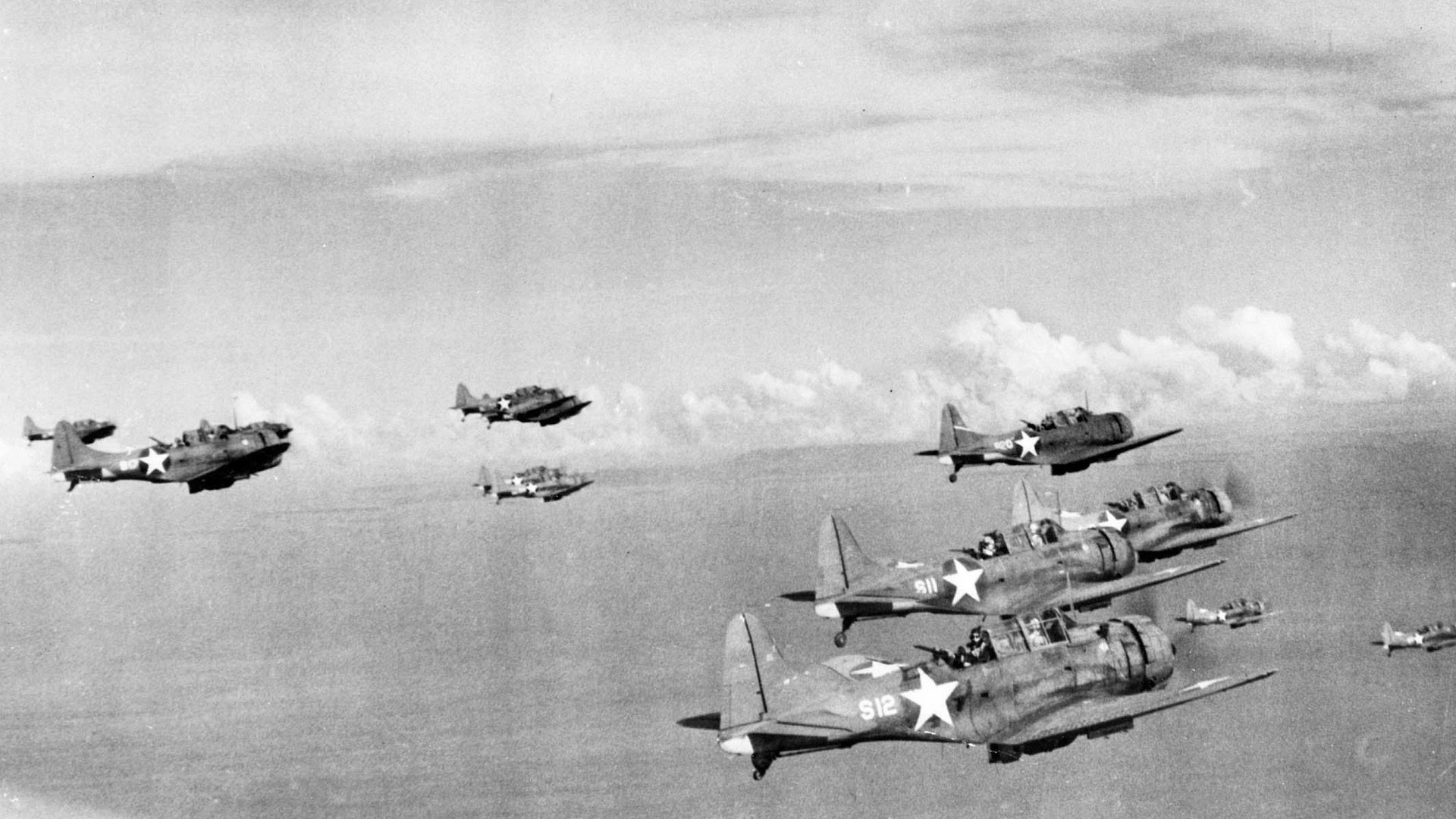
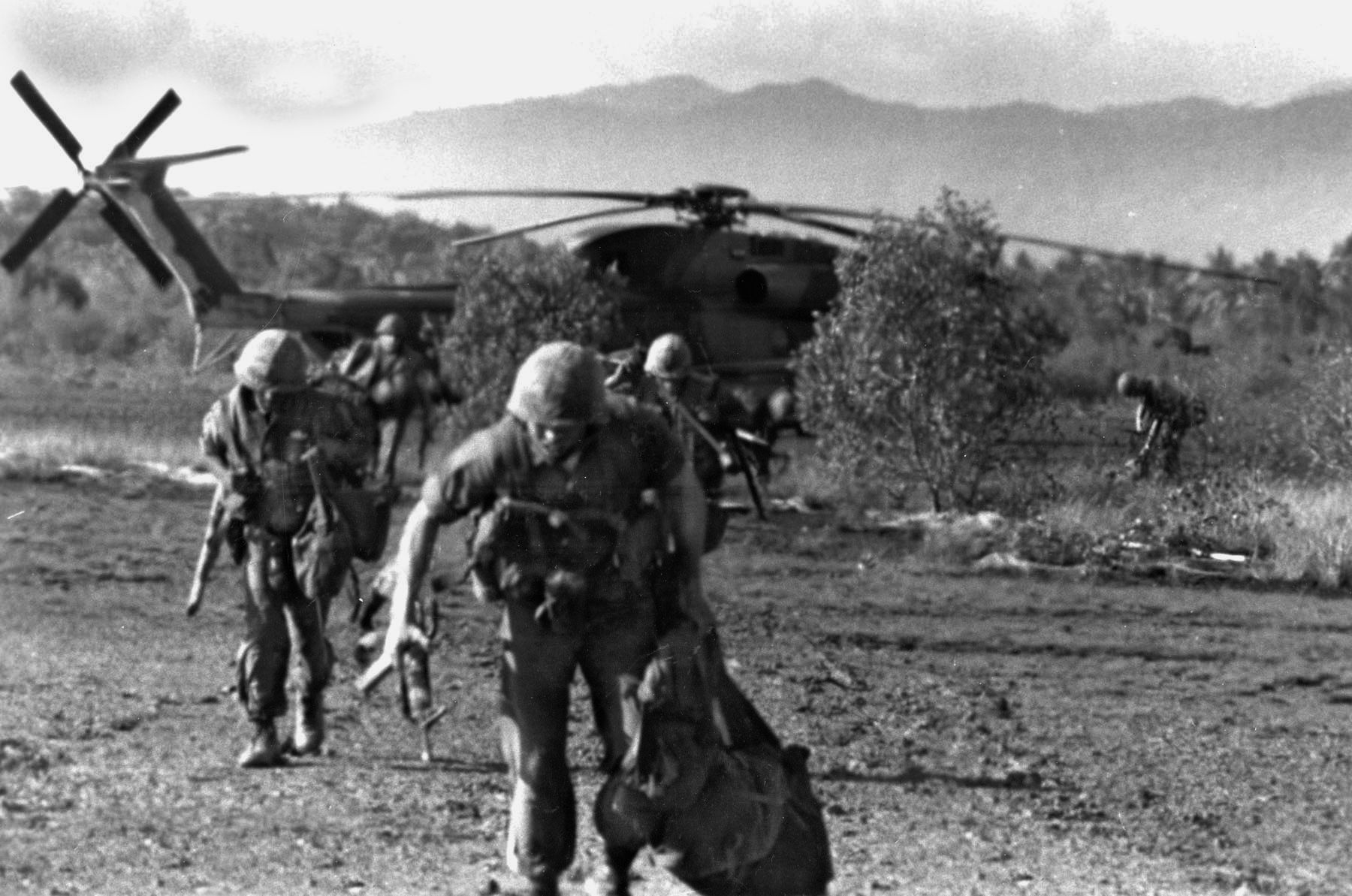
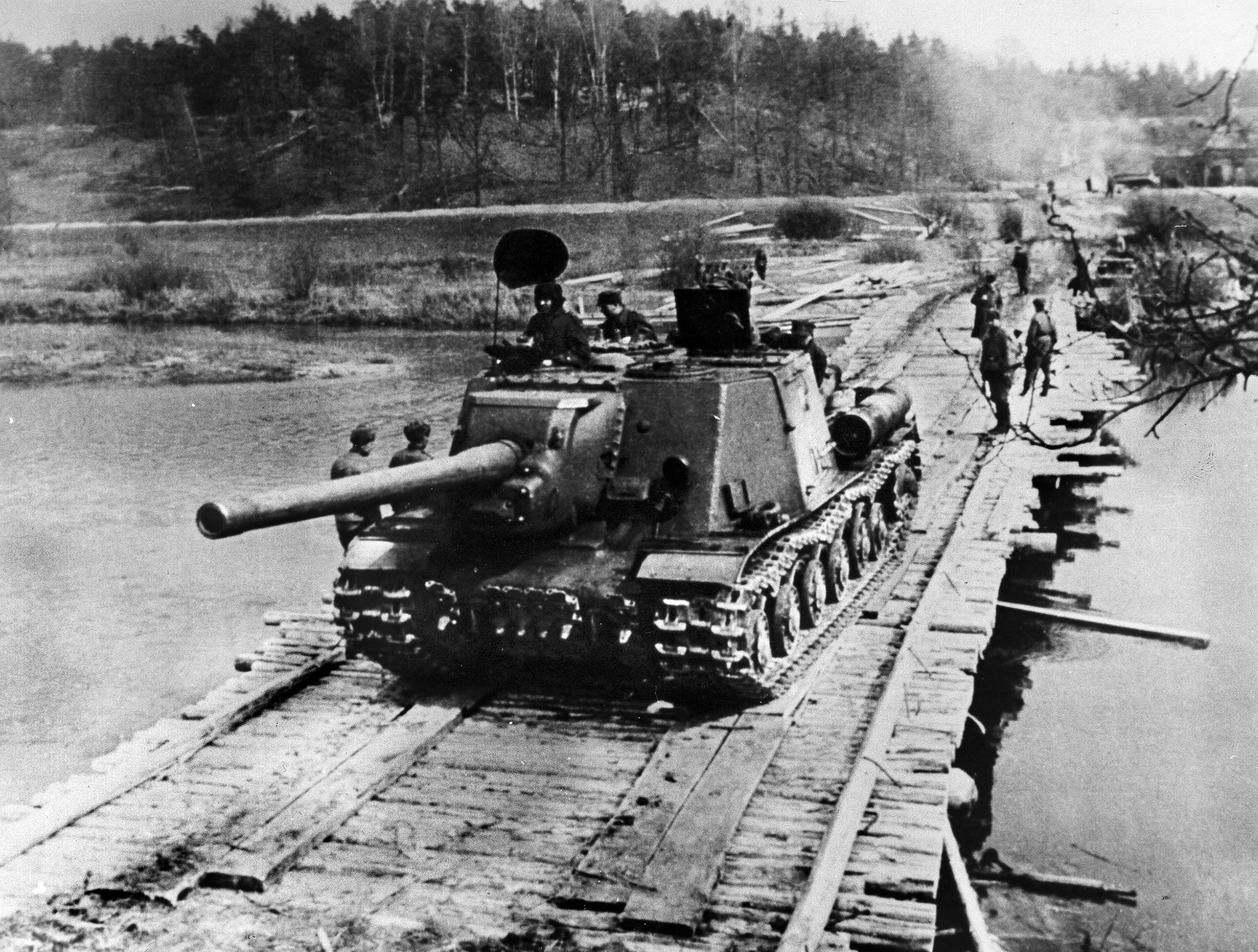
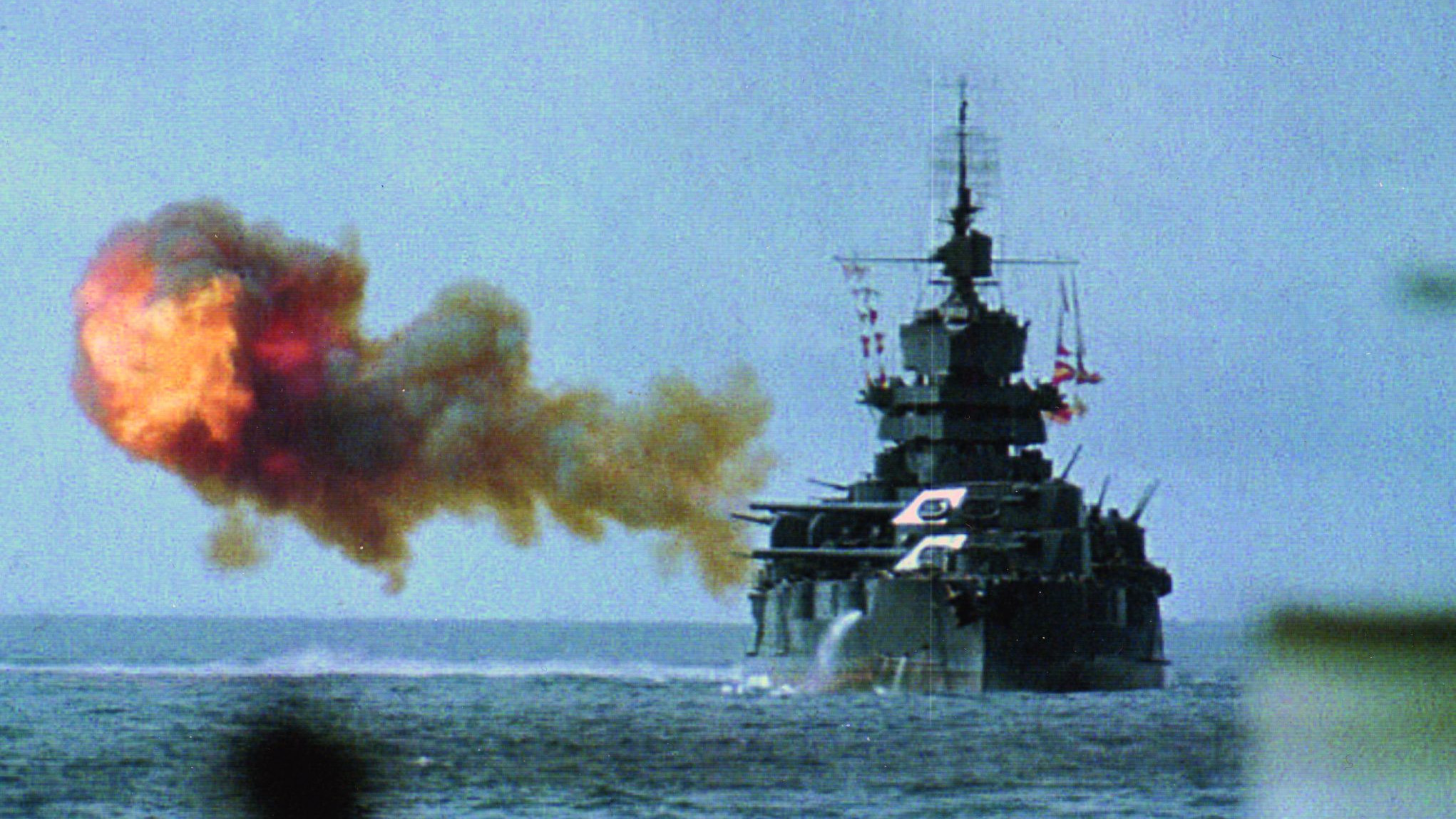
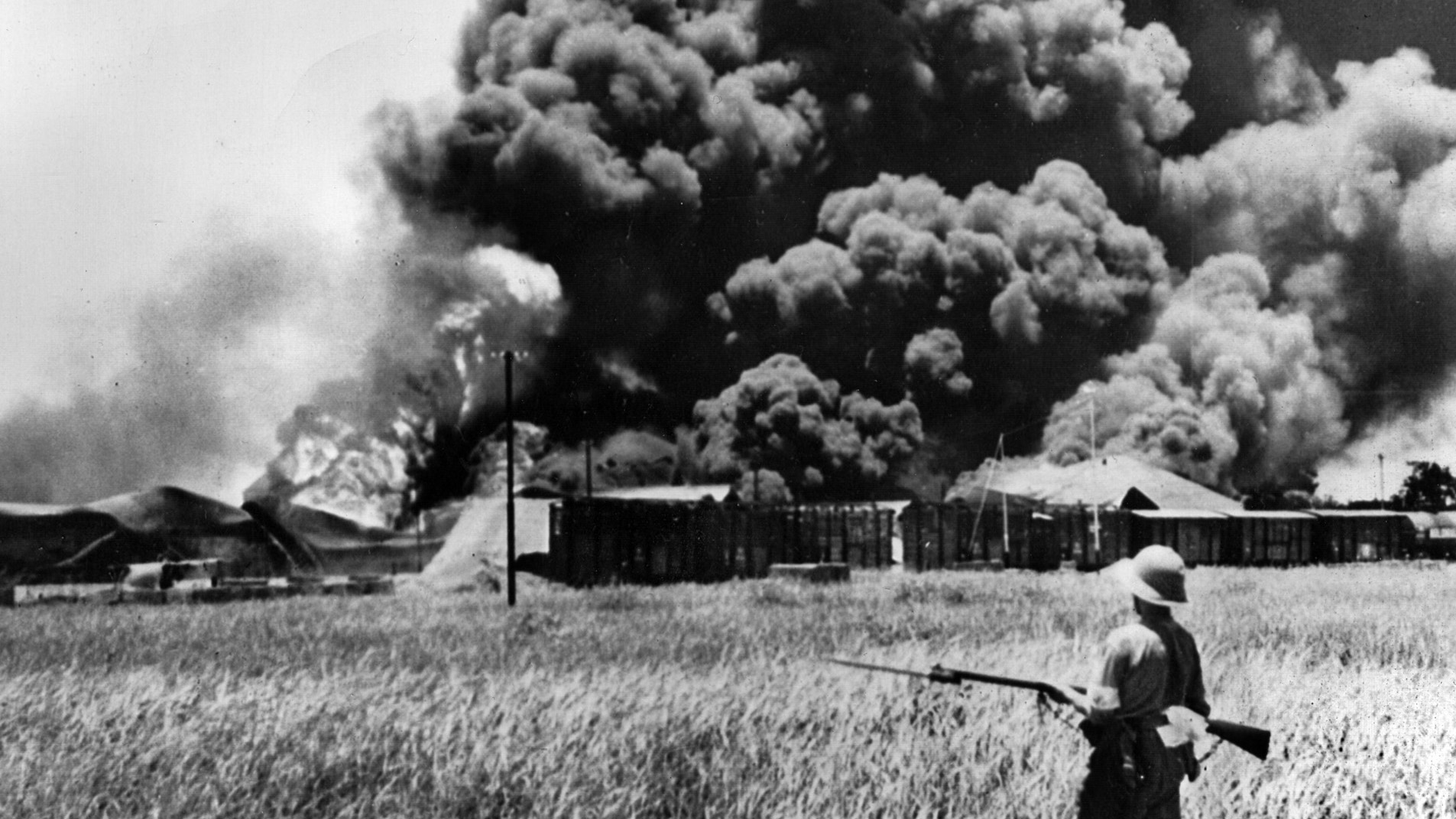
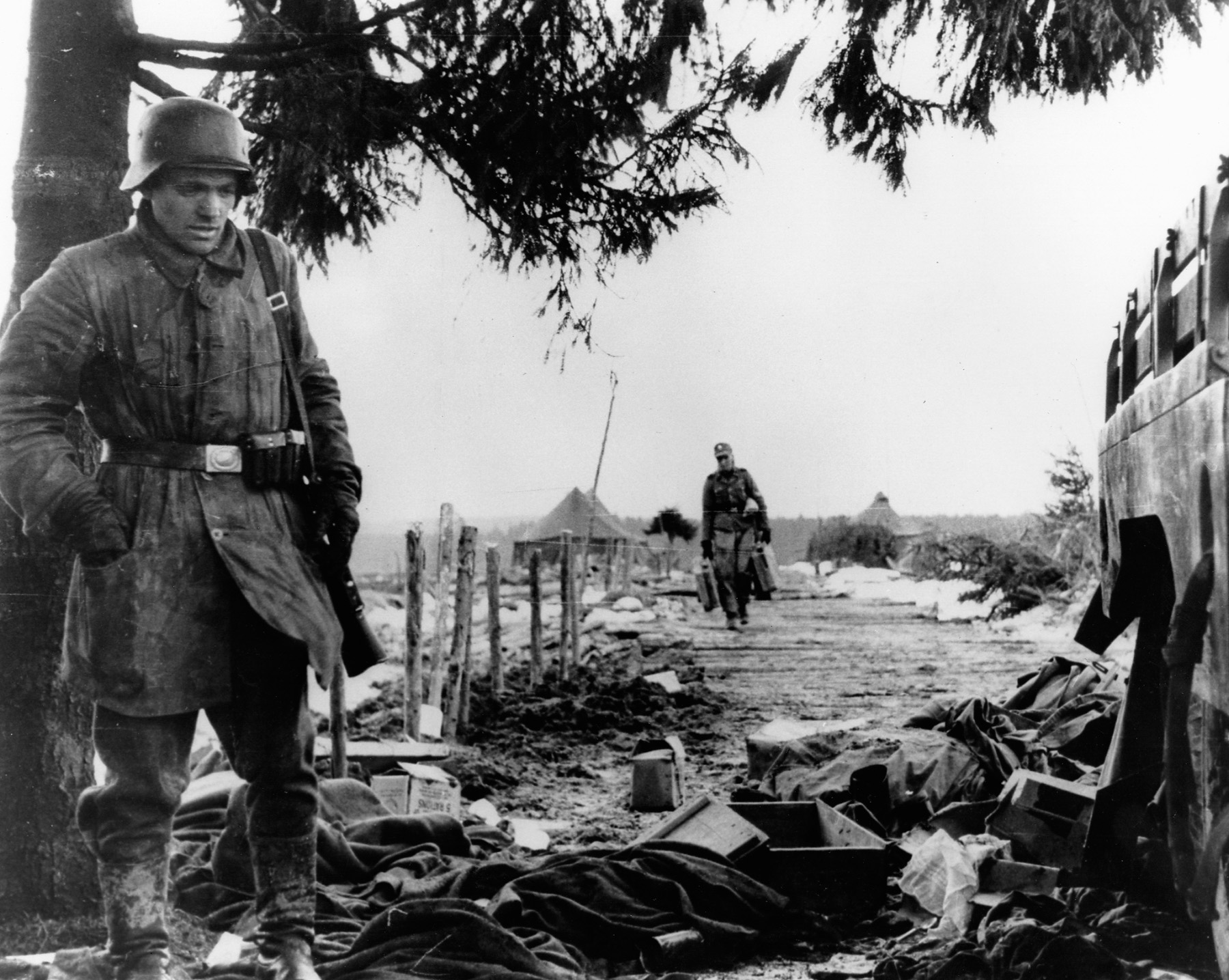
Join The Conversation
Comments
View All Comments